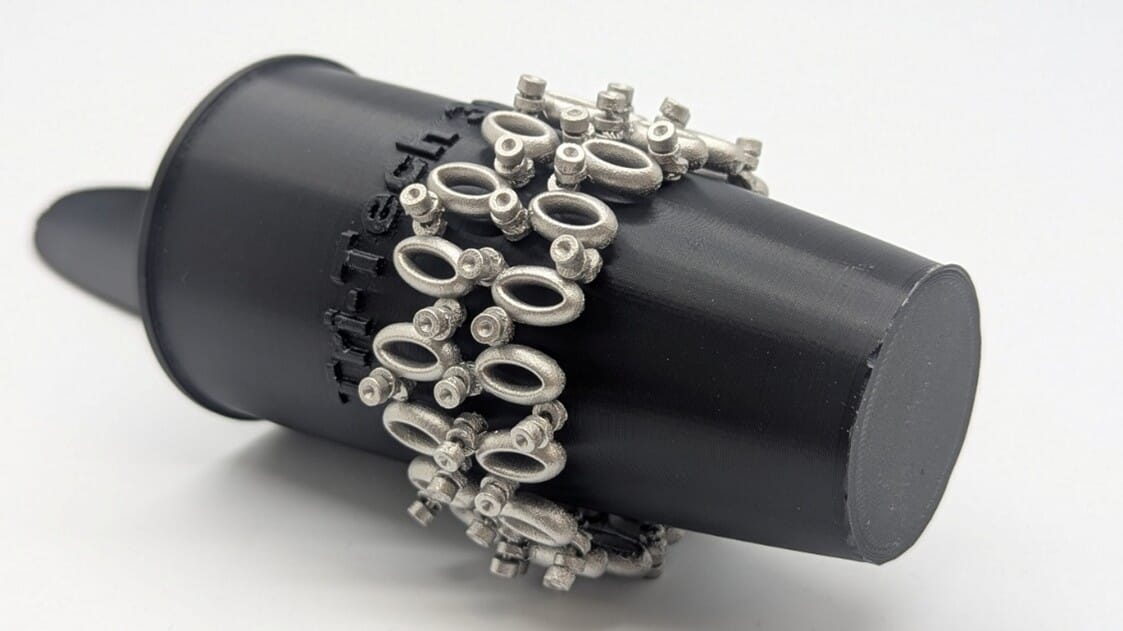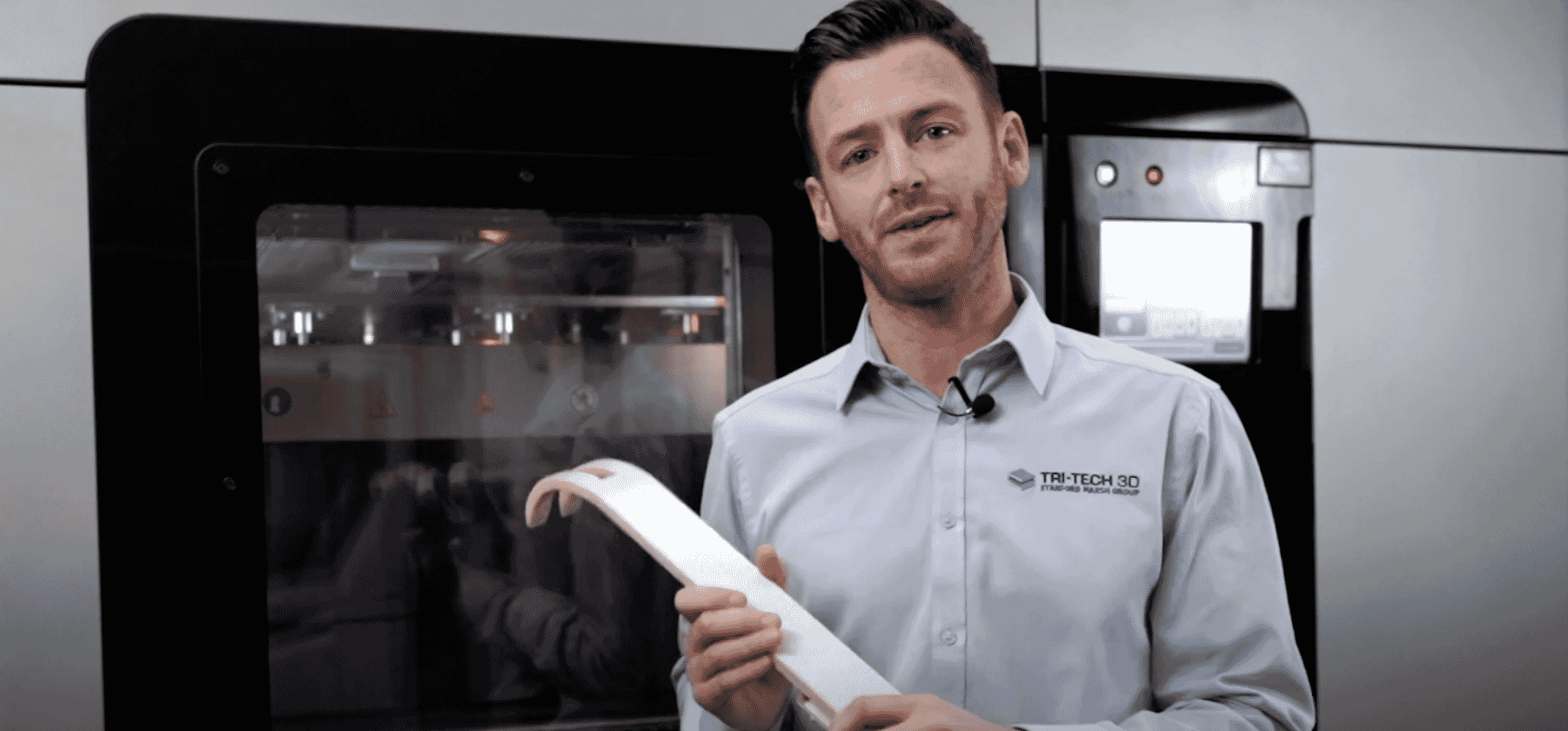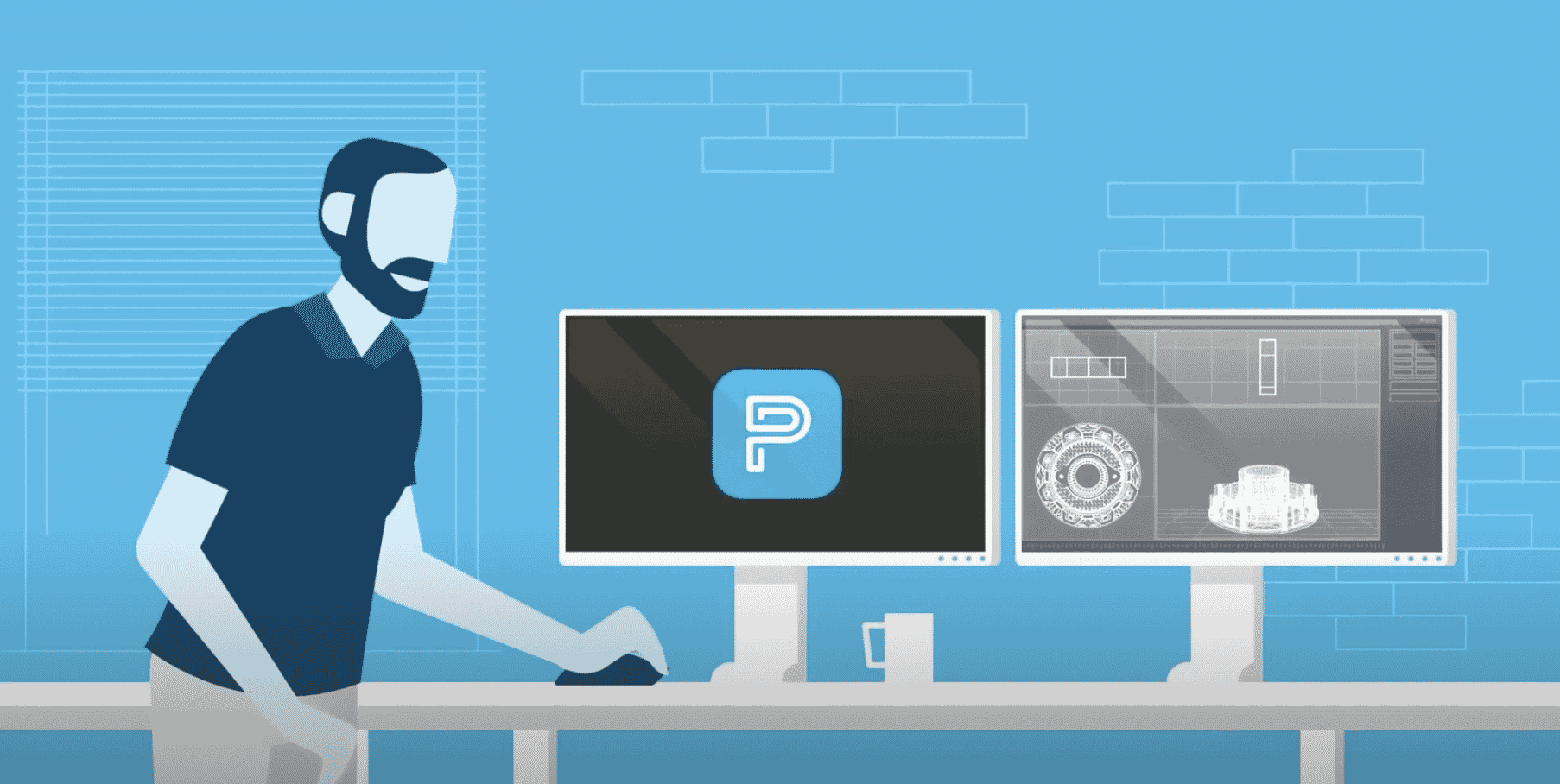Find answers to key questions and discover how Stereolithography can benefit your projects.
Thousands of demanding professionals across the gamut of global industry rely on Stereolithography (SLA) for its accuracy, flexibility and high-quality finishes. Whether you’re investigating the technology or looking to upgrade to a NEO 3D printer, read on for answers to some of the most common questions we’re asked at Tri-Tech 3D.
What is Stereolithography 3D printing?
One of the most advanced AM technologies on the market, Stereolithography (SLA) is a hugely popular resin-based 3D printing process (otherwise known as vat photopolymerisation). The almost infinite number of variables – from light source and build platform to the specific materials used – can yield markedly different results in countless applications. But across the board, SLA is acknowledged for its ability to produce components with smooth sidewalls, fine detail and complex geometries, while achieving tight tolerances with a layer thickness from 50 to 200 microns.
When did SLA printing originate?
With SLA technology constantly evolving to remain cutting-edge, it’s surprising to learn that the fundamentals date back to the early-’70s, when Japanese engineer Dr Hideo Kodama first combined the principle of printing layer-by-layer with the use of ultraviolet light to cure photosensitive polymers. The term ‘stereolithography’ was used for the first time when the technology was later patented, in 1986, by Charles W Hull, whose company 3D Systems successfully brought it to the market. The march of SLA has continued since – right up to the release of the latest Stratasys NEO printers.
How does Stereolithography work?
Whichever SLA printer you choose, it will operate on the same founding principle, with a laser or projector curing liquid resin to become hardened or flexible, and components created layer-by-layer. An initial design is typically created using CAD software and exported to the SLA printer via a 3D printable file format (STL or OBJ).
When using an advanced SLA printer like the NEO series models, the printing process should run like clockwork without interruption (or need for human intervention). The post-process will typically see components rinsed in isopropyl alcohol (IPA) to remove any remnants of resin, then post-cured to achieve optimum strength and stability.
Why is SLA printing so popular?
There are good reasons why you’ll find SLA 3D printers in printer labs across the world. Offering competitive build times, unmatched precision, enviable finish and minimal need for post-processing, SLA not only produces high-quality parts but unlocks considerable financial savings and slashes lead times.
Specific benefits of SLA include superior isotropy (which exceeds that of FDM technology, producing components with consistent mechanical performance) and watertightfulness (vital for engineering or manufacturing applications that demand predictable air or fluid flow). Meanwhile, thermoplastic technologies can’t match the accuracy of SLA, whose tightly controlled print environment – and use of light instead of heat – allows for unbeatable precision.
Many seasoned AM advocates consider the surface finishes that are possible with SLA to be the ultimate – and at least a match for traditional manufacturing techniques like machining, injection molding and extrusion.
What are some applications of Stereolithography?
Often used at the prototyping stage, Stereolithography is a great option for 3D printed parts that demand validation of fit, form, and function (it’s also a trusted tool for concept visualisation). In a manufacturing context, the technology can produce short-run parts, from vacuum castings and injection mold tooling to investment casting master patterns.
But SLA is now a bedrock technology across the gamut of global industry. You’ll find products and parts created using this resin-based AM in sectors from dentistry and healthcare (where its unmatched consistency improves patient care) to the film industry (where it is chosen for creating high-definition models and props).
What SLA printers are available?
Light years from the prohibitively large and costly Stereolithography 3D printers of the past, the market now offers professional SLA models for every application and price point. At Tri-Tech 3D, we’ll always listen closely to our clients’ individual business needs before making a suggestion – but we often find that Stratasys’s acclaimed NEO range is an ideal first port of call. From the entry-level Stratasys NEO 450e to the more powerful Stratasys NEO 450 s series, right up to the flagship NEO 800 that allows SLA output on an industrial scale, this state-of-the-art range demands investigation.
What are the most popular Neo SLA materials?
A major benefit of SLA printers is that they can be paired with a spectrum of different materials, enabling blue-sky thinkers, designers and engineers to create parts that thrive in almost any environment. Hard or soft, glass or ceramic, resistant to heat, chemicals or impact – putting a little thought into the materials you’ll use for your product is almost as important as choosing the right 3D printer itself.
As a jump-off, why not investigate some of Tri-Tech 3D’s most popular SLA materials, which include Somos EvoLVe 128 (designed for easy finishing and produces highly detailed parts), Somos PerFORM (produces strong, stiff, high temperature-resistant composite parts), Somos PerFORM Reflect (very high heat and stiffness) and Somos Taurus (excellent surface quality and isotropy for highly detailed parts).
Ask Tri-Tech 3D about Stereolithography and all other aspects of AM
At Tri-Tech 3D, we’re proud to be recognised amongst the UK’s leading authorities on 3D printing and all related technologies. Our comprehensive range of 3D printers includes the latest models from leading brands like Stratasys and UltiMaker, and we’re also on hand to supply all the software, materials, expertise and training you need to achieve complete AM capability.
The Tri-Tech 3D team is ready to tell you more about our 3D printing solutions. Get in touch today on 01782 814551 or email info@tritech3d.co.uk
For further guidance, simply get in touch with the TT3D team.
Read More > Consumer Good Industry Case Studies

















